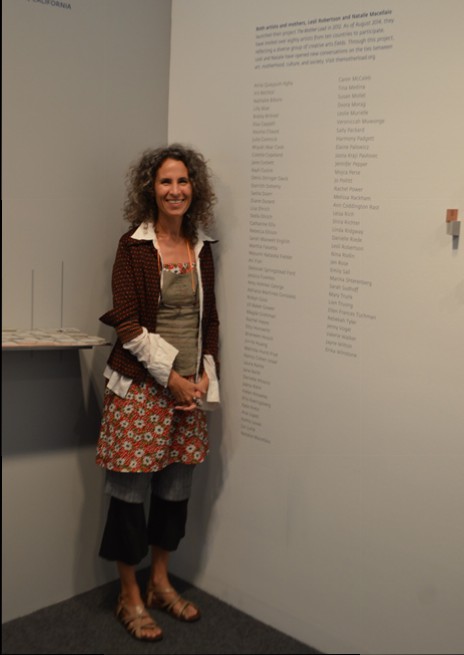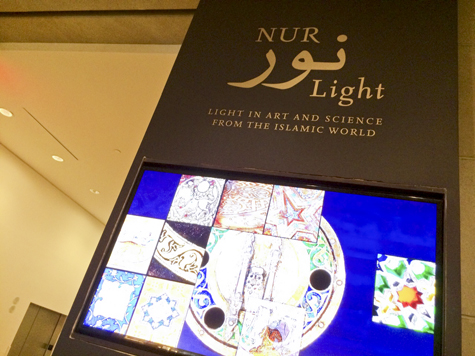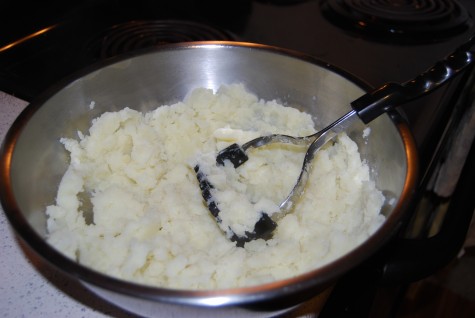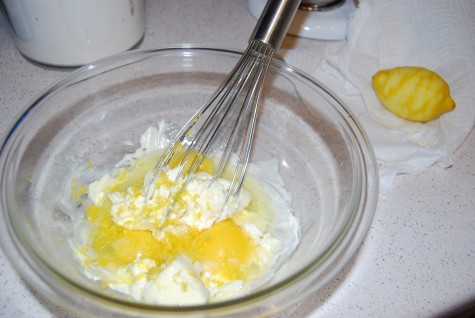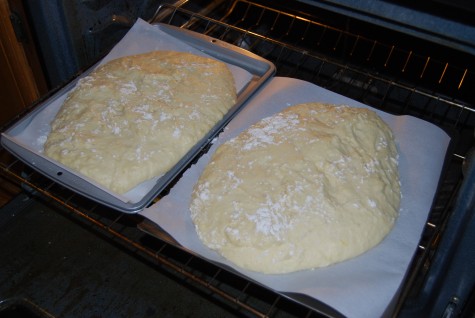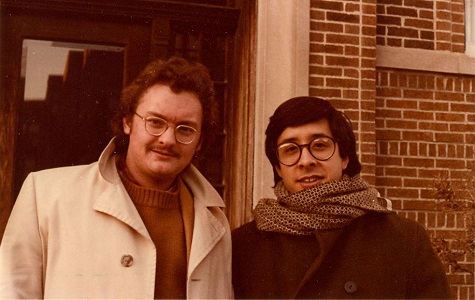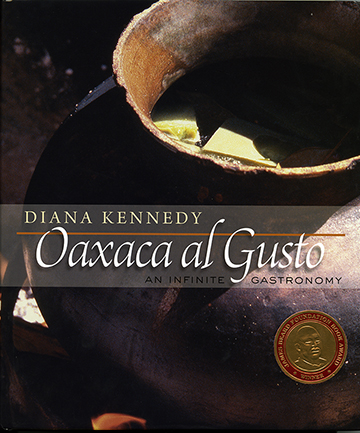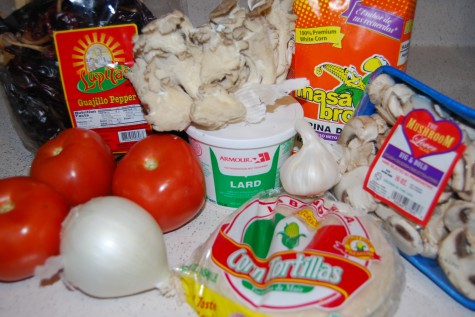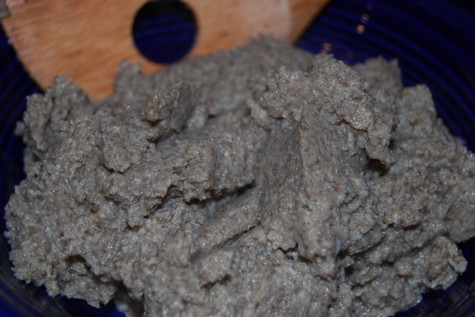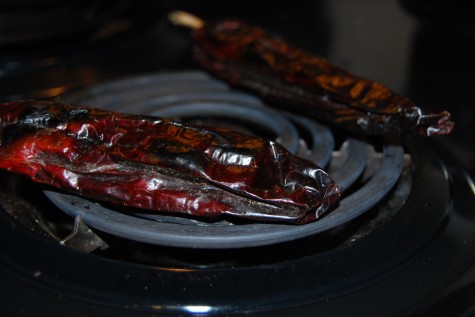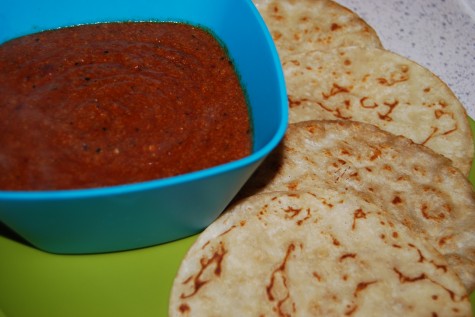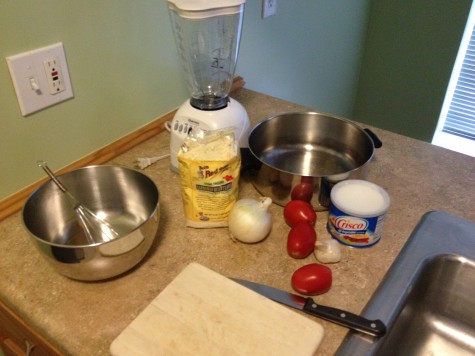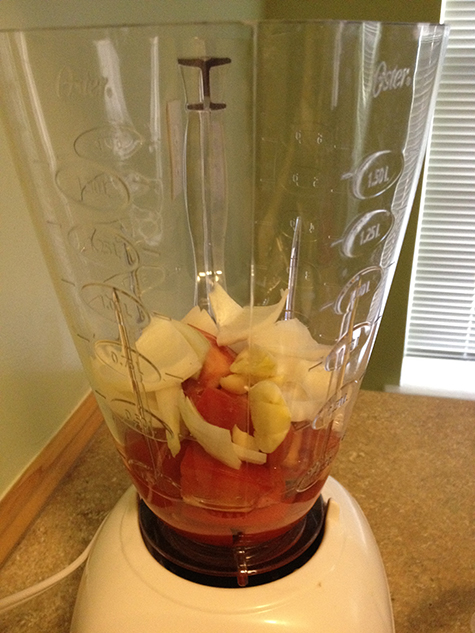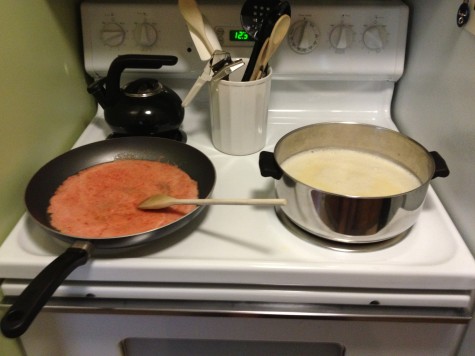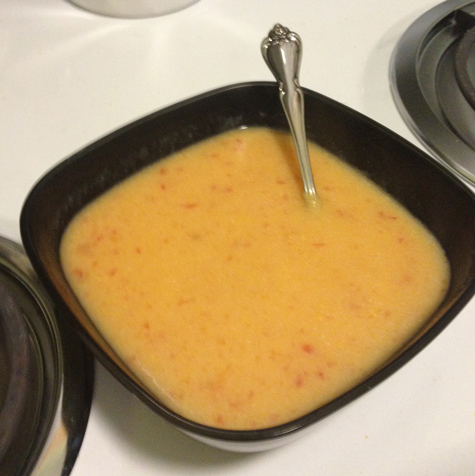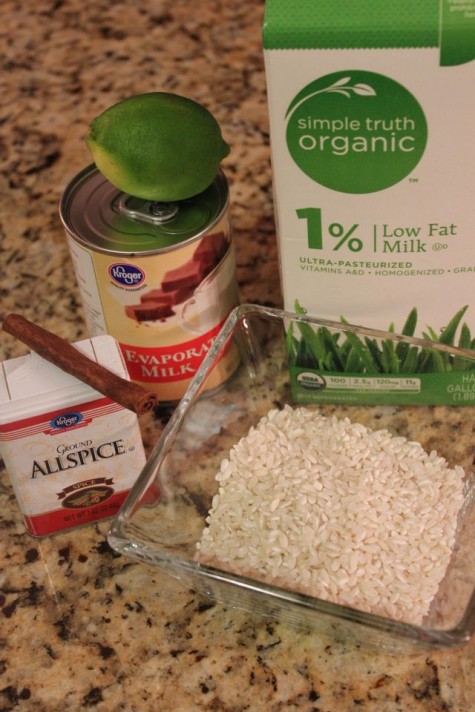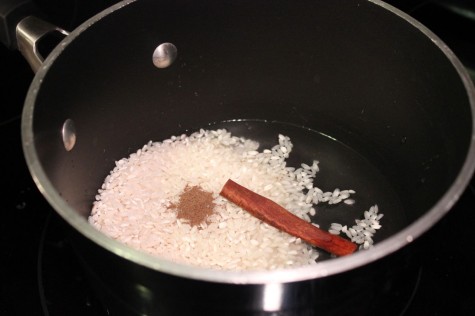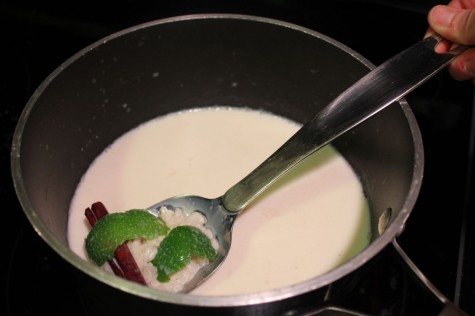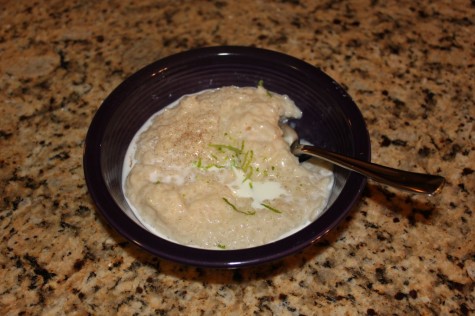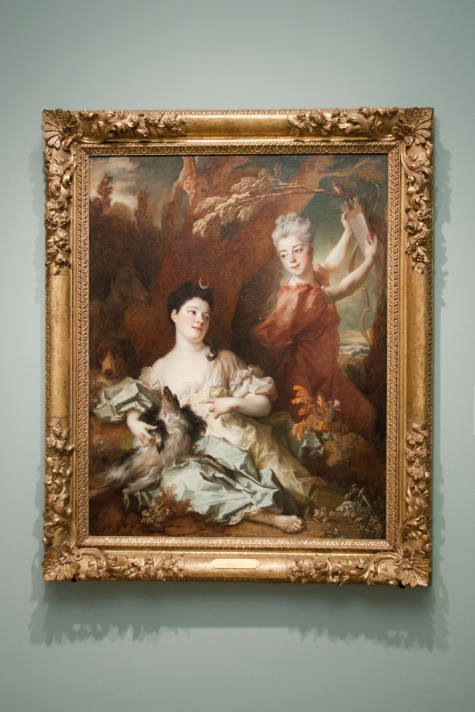Visit the Center for Creative Connections (C3) over the next few months to view The Mother Load, a collaborative project and interactive community installation created by artists Lesli Robertson and Natalie Macellaio that explores the balance between being an artist while also being a mother. The project engages artists from all over the globe both on the Mother Load website and in person. You can attend a visual performance lecture, Hot Potato Called Mother, by Israeli artist Shira Richter of The Mother Load project at the DMA tomorrow, October 2, at 7:00 p.m.
How has the Mother Load project affected your perspective on being a mother and an artist?
Natalie Macellaio (artist; co-creator of The Mother Load): I feel like I’ve become more interested in collaborating with other women and other artists in general. I’ve become more aware of people’s strengths and how they can best benefit from different things that are happening. I’ve tried to become a little more selfless and look for opportunities not just for myself but for other people I know.
Lesli Robertson (artist; co-creator of The Mother Load): I think one of the things it’s done is to encourage me to continue to dream big. Having children doesn’t mean we have to shut off any part of ourselves, but rather we imagine other possibilities. We can change our practice in a way that will help us move forward and accomplish the things we, as artists, want to do. You don’t have to step backwards, but step forwards.
Shira Richter (visiting artist with the Mother Load project): The Mother Load makes me very happy because it’s a non-subject, really, and Lesli and Natalie have helped it become more a subject in its own accord with this international dialogue. It’s extremely important: just the other day, I heard about an art student who couldn’t find a sitter, so she came to class with her baby and the professor basically kicked her out. The student has been trying to fight it, and she felt very alone, but a friend sent her to me, and now there’s this big international conversation going on. It gives us backing, it makes this issue more visible and that’s what we’re trying to do in general, make a connection between motherhood and being an artist. It’s like a worldwide guild. From what I know about it, the art world is extremely sexist, so having an international group of serious people talking about this as a serious subject makes me feel as though my chest is growing just as we speak.
How do you fit in time to be creative?
LR: By working in collaboration with Natalie. That helps us find the time to be creative and work as artists. Since our children are young, it has been important to go to each other’s studios, and to designate that specific important time for that process to happen. I work at night, I work in the morning, and I also try to have time to think and dream.
NM: I always try to keep things I’m working on with me. It could be a little project I can do in a few hours to something I work on for months. I always have it with me, at work or at home, so if I find an extra 30 minutes I can work on it. I’ve learned that the only way I can get anything done is to grab time when I can and when I have the energy. I’ve found that my best time is in the morning, so I get as much thinking and work done then as I can. Also, to have someone you’re accountable to when you work collaboratively forces you to stay on top of it and stay on your game, if you will.
SR: First of all, I think it’s different according to the age of your kids, and it depends on context: do you have a partner who helps, do you have an extended group that helps such as friends, other artists, other mothers, helpers, grandmas, etc.? It really depends on that. Since my kids are older now (twelve), things have changed. At the beginning, I grabbed any minute I had. It’s why I shifted from being a filmmaker to an artist. I didn’t have time to make films anymore. I dissected the film into frames and became more of a photographer and artist in order to suit my new profession as a mother. I completely changed my medium and the way I work.
NM: Along those same lines, I also no longer create large-scale installations – I now create more intimate works and things I can get done in a reasonable amount of time.
What message would you like visitors to take home with them after visiting the DMA’s Mother Load installation?
NM: Lesli and I were just talking about it last night and thinking about the responses on the tiles. We are hoping that instead of running through the space, visitors will take a moment to reflect on their own lives and what they nurture. They don’t have to be an artist to relate to the idea of being a mother while also wanting to nurture something inside themselves. We hope that visitors take a few minutes to reflect on what they nurture and to figure out a good balance in their day-to-day activities.
LR: To speak to another point, we also want visitors to discover new artists and the work they’re doing. We include QR codes because we want them to be a visual representation of the two sides of the artists, but also so visitors can find new artists that hopefully can be a great inspiration to them. The idea of art and motherhood and all these conversations aren’t in one culture, but are broader than that.
NM: Sometimes we feel we are so far away from other cultures and other people. We don’t feel like we have common ground, but we do, and it’s easier to find similarities between different countries, languages, and cultures than you realize. Lesli and I have had Skype conversations with women we’ve never met, and we find we have this common ground and can talk for an hour or two hours (that’s what happened the first time we talked with Shira). This is something extremely universal, and these conversations need to continue, maybe today more so than ever.
LR: Visitors to the DMA’s installation can read written responses on this topic from women all over the globe on the accompanying iPad in the installation or at themotherload.org.
SR: First of all, I haven’t been to the installation yet, but I am excited to see it. There’s so much on this subject that belongs not only to women artists but belongs to culture at large because we are creative beings. I think we in the Western world divide creativity and nurturing. Women artists who are mothers are trying to figure out how to connect these two and bring them back together. We find that, as we become mothers, it is so intense and that’s where the tear occurs; you’re using creativity to bring up this amazing human being but you also think “What about my career, my work?” We’re trying to bring these two elements back together and figure out a way to inspire ourselves and others.
Join us tomorrow for what is sure to be a unique performance-lecture experience.
Melissa Gonzales is the C3 Gallery Manager at the DMA.

